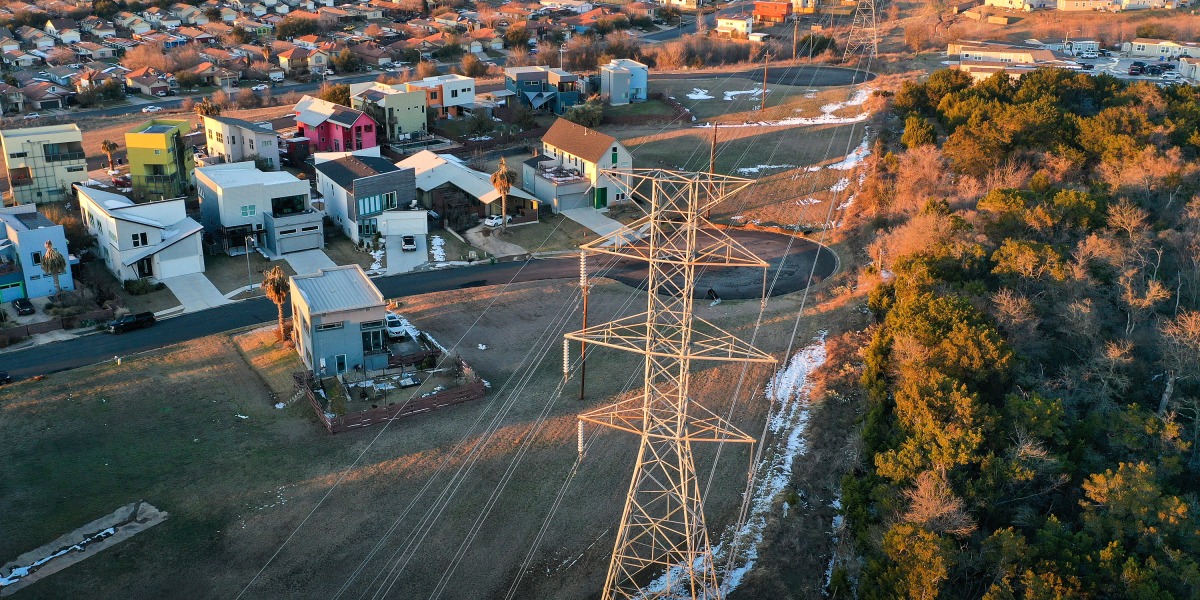
Heavy use of energy-sucking air-conditioners is the biggest problem. But intense heat can also reduce the output of power plants, blow transformers, and force power lines to sag. Severe droughts across large parts of the country have also significantly reduced the availability of hydroelectric power, according to the North American Electric Reliability Corporation (NERC).
It’s unlikely to get better soon. A number of grid operators may struggle to meet peak summer demand, creating the risk of rolling blackouts, the NERC report notes.
The nation’s isolated and antiquated grids are in desperate need of upgrades to keep the lights, heat, and air-conditioning on in the midst of extreme weather events that climate change is making more common, severe, and dangerous. One clear way to ease many of these issues is to more tightly integrate the country’s regional grids, stitching them together with more long-range transmission lines.
If electricity generated in one area can be more easily shared across much wider regions, power can simply flow to where it’s needed at those moments when customers crank up air-conditioners en masse, or when power plants or fuel supply lines fail amid soaring temperatures, wildfires, hurricanes, or other events, says Liza Reed, a research manager focused on transmission at the Niskanen Center, a Washington, DC, think tank.
The problem is it’s proved difficult to build more long-range transmission and grid interconnections for a variety of reasons, including the permitting challenges of erecting wires through private and public lands across cities, counties, and states and the reluctance of local authorities to forfeit control or submit to greater federal oversight.
The case of Texas
The unreliability of the US grid is not a new problem. Severe heat and winter storms have repeatedly exposed the frailty of electricity systems in recent years, leaving thousands to millions of people without power as temperatures spiked or plunged.
One of the fundamental challenges is that the grids today are highly fragmented. There are three main electricity networks within the US: the Eastern Grid, the Western Grid, and the Electric Reliability Council of Texas (ERCOT). But there are numerous regional transmission organizations within those first two systems, including the California Independent System Operator, Southwest Power Pool, PJM Interconnection, New York ISO, and more.
These grids form a complex web of networks operating under different regulators, rules and market structures, and often with limited connections between them.
